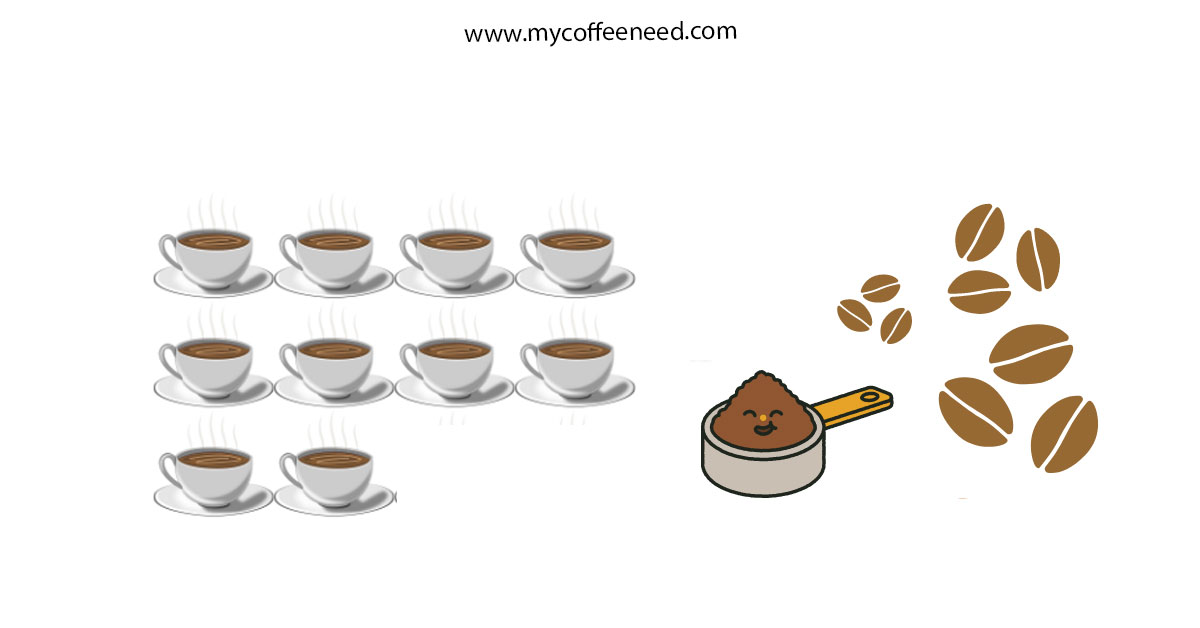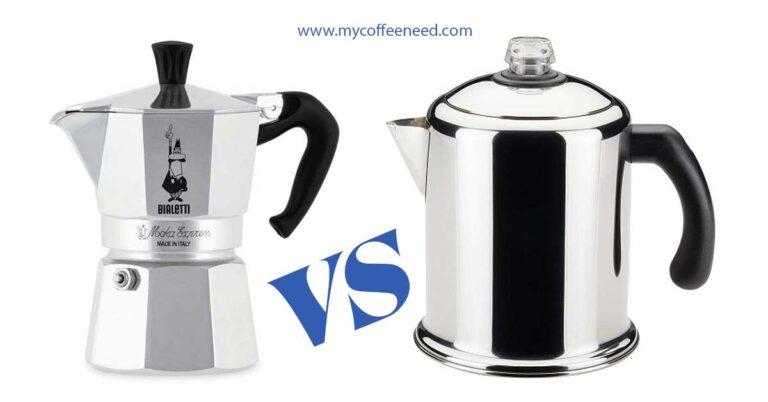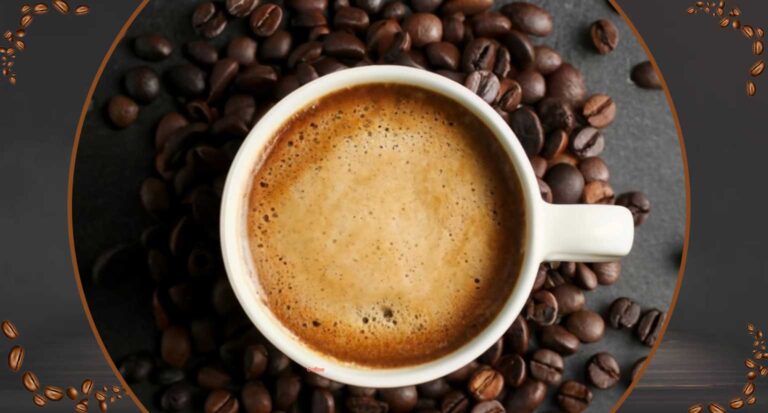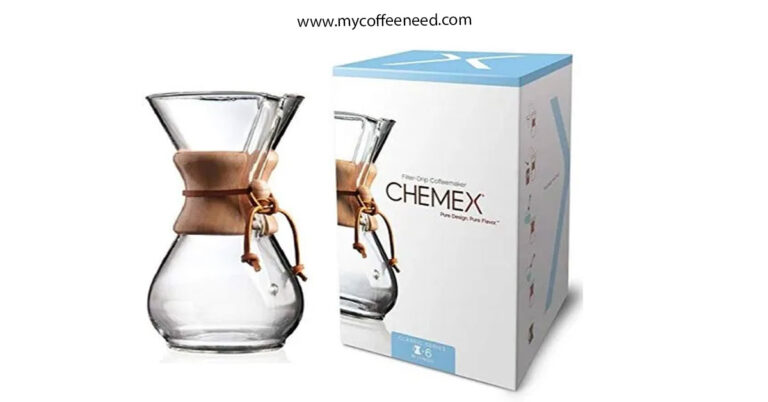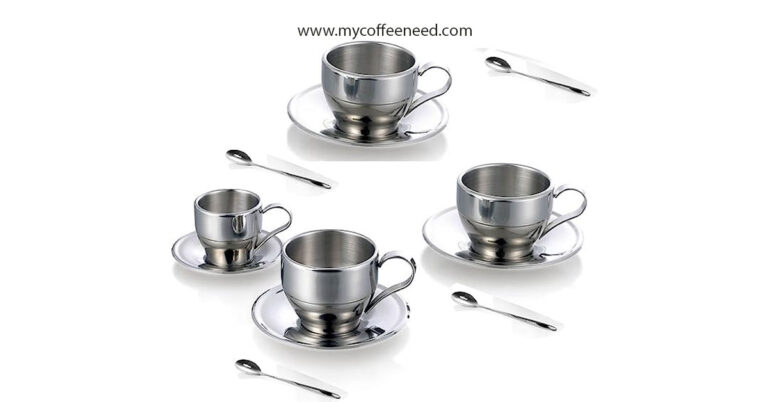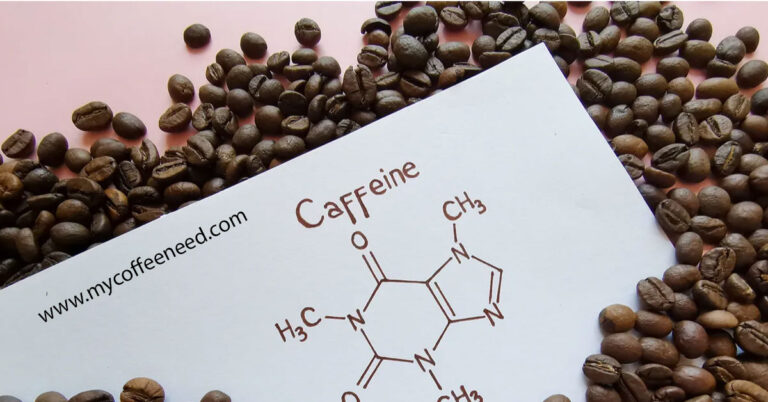How Many Scoops Of Coffee for 10 Cups
Perfecting the art of brewing coffee involves understanding the right coffee-to-water ratio. The question often asked by coffee enthusiasts and novices alike is, “how many scoops of coffee for 10 cups?” The answer to this question greatly influences the strength and flavor of your cup of joe, and is an essential guideline for those keen on preparing the perfect brew.
The Basics of How Many Scoops Of Coffee for 10 Cups
When it comes to determining how many scoops of coffee are needed for 10 cups, it’s important to remember that ‘cup’ in coffee parlance doesn’t always equate to the standard 8 ounces – it often means a 5 to 6 oz measurement.
As a general rule of thumb, one level scoop (or tablespoon) of coffee is recommended for every 6 ounces of water.
Therefore, if your coffee maker defines a cup as 6 ounces, you would need about 10 level scoops or tablespoons of coffee for 10 cups.
However, depending on personal preference, you might want to adjust the amount slightly. If you like a strong, robust cup of coffee, you might increase the amount of coffee, and if you prefer a lighter, less intense flavor, you might reduce it.
Remember, brewing the perfect cup is an art – and part of that art is tailoring the brew to your personal taste.
Considerations for the Strength of Your Brew
The strength of your coffee is not just determined by the ratio of coffee to water, but also by the type of coffee bean used, the roast level, and the grind size.
Darker roasts tend to yield a stronger flavor, as the roasting process brings out more of the beans’ inherent character.
Similarly, the size of the coffee grind can impact the strength of your brew. Finer grinds expose more of the coffee bean surface to the water, resulting in a stronger, more full-bodied flavor.
Conversely, coarser grinds will result in a lighter, smoother cup. Lastly, the brewing method you choose can also influence the overall strength and flavor of your coffee.
For instance, French press or espresso methods tend to produce a stronger coffee compared to drip or pour-over methods.
Remember, the journey to the perfect cup of coffee is one of exploration, taste, and personal preference.
Understanding the Different Types of Coffee Grounds
There are four main types of coffee grounds: coarse, medium-coarse, medium, and fine. Coarse grounds are chunky and have a texture similar to sea salt.
This type of grind is ideal for brewing methods like French press or cold brew, where the coffee is in contact with water for a longer period.
Medium-coarse grounds are slightly smoother than coarse grounds and work best with pour-over brewers and Chemex.
Medium grounds, which feel like sand, are the most commonly used. They are perfect for most drip coffee makers.
Fine grounds, on the other hand, are much smoother and are ideal for espresso machines and AeroPress. The fine grind allows for a quick, intense brew.
Remember, the grind of your coffee beans plays a pivotal role in the extraction process. The finer the grind, the more flavors are extracted, and conversely, the coarser the grind, the fewer flavors are extracted.
This means that the coffee grind size can significantly influence the taste of your coffee, so understanding and experimenting with different types of coffee grounds can help you find your perfect cup.
Tips for Measuring Out Your Coffee Grounds
When it comes to measuring your coffee grounds, consistency is key to achieving that perfect cup every time.
Here are some helpful tips:
- Invest in a good measuring spoon or scoop. While it’s tempting to use any spoon at hand, a coffee scoop ensures you’re getting the right amount each time. A standard coffee scoop should hold 2 tablespoons of coffee, which is usually good for one 6 oz cup.
- Consider a scale for precision. If you’re serious about your coffee, a small kitchen scale can make a world of difference. By weighing your coffee instead of scooping it, you’ll ensure that you’re using the same amount every time, regardless of the grind size.
- Keep your scoop level. It’s easy to heap coffee into your scoop, resulting in more grounds than you intended. To keep your measurements consistent, level off the scoop with the back of a knife.
- Adjust to taste. Remember, these measurements are guidelines, not rules. If you prefer your coffee a little stronger or milder, feel free to adjustAn error occurred during generation. Please try again or contact support if it continues.
How to Adjust Your Measurements If You Have an Espresso Machine
When brewing espresso, adjustments in measurement can have a significant impact on flavor.
For a standard shot of espresso, the ideal measurement is typically 18 to 20 grams of coffee.
However, the exact measurement can vary depending on your espresso machine and personal taste preference.
- Start with the manufacturer’s instructions: Always start with the manufacturer’s recommendation for the quantity of coffee. This is typically a good base for further adjustments.
- Experiment with your dose: If you find that your espresso shots are too weak, try increasing the amount of coffee by a gram. Conversely, if the shot is too strong or bitter, try reducing the amount by a gram.
- Adjust grind size: Keep in mind that if you change the quantity of coffee, you may also need to tweak the grind size. More coffee requires a coarser grind, while less coffee needs a finer grind.
- Invest in a good scale: A coffee scale will allow you to measure coffee by weight, which is more accurate than volume measurement. This will ensure consistent shots, especially if you are experimenting with different quantities and grind sizes.
Adding Milk or Cream to Your Coffee Brewing Process
When it comes to enhancing your coffee with milk or cream, there are a few things to consider:
- Quantity: The amount of milk or cream you add to your coffee can greatly impact its flavor and texture. While some people prefer just a splash, others like their coffee to be mostly milk or cream. Experiment to find what ratio suits your taste best.
- Type of Milk or Cream: There are many types of milk and cream you can add to your coffee, from whole milk and heavy cream to non-dairy options like almond milk or oat milk. Each will lend a unique flavor and texture to your coffee.
- Temperature: The temperature of the milk or cream can also affect your coffee. Cold milk can cool your coffee too quickly, while warm milk or cream can enhance its overall flavor. Some even prefer frothed milk, which can give your coffee a latte-like consistency.
- Order of Addition: Some coffee connoisseurs argue that adding the milk or cream first helps it mix better with the coffee, while others believe that it can impact the brewing process. Experiment to see which method you prefer.
A Final Word on Getting the Perfect Coffee-to-Water Ratio Each Time
Achieving the perfect coffee-to-water ratio each time is a balance of science and personal preference.
It’s typically recommended to start with a standard ratio of 1:15, which means for each one gram of coffee, you’ll need 15 grams of water.
However, feel free to adjust this ratio based on your taste preference. If you find your brew too weak, try a stronger ratio like 1:13.
On the other hand, if it’s too strong, you may prefer a lighter ratio such as 1:17. Remember, consistency is key.
Using a scale to measure your coffee and water can ensure you get the perfect ratio every time.
Ultimately, the goal is to find a balance that suits your taste and yields a cup of coffee that you enjoy, time and time again.
Conclusion
In conclusion, brewing the perfect cup of coffee is a blend of science and individual preference.
It requires a keen understanding of various factors, such as the grind size, accurate measurement of coffee and water, adjustments for specific brewing methods like espresso, and the addition of milk or cream.
However, remember that the essence of a perfect cup lies not in the stringent adherence to these guidelines, but in the joy and satisfaction derived from each sip.
Ultimately, the perfect coffee is the one that best suits your palate, and the process of finding it should be an enjoyable journey of exploration and discovery. So, experiment, adjust, and above all, savor each cup. Happy brewing!

